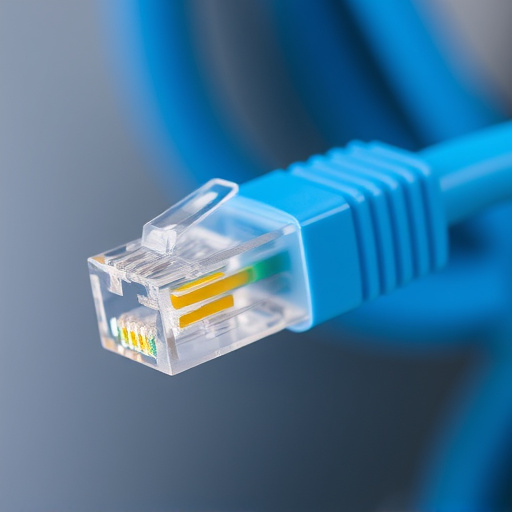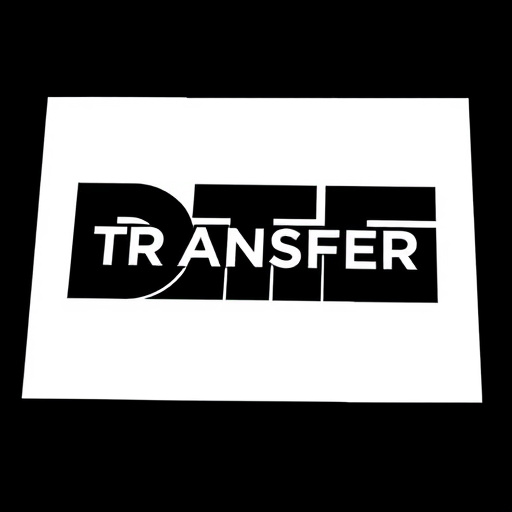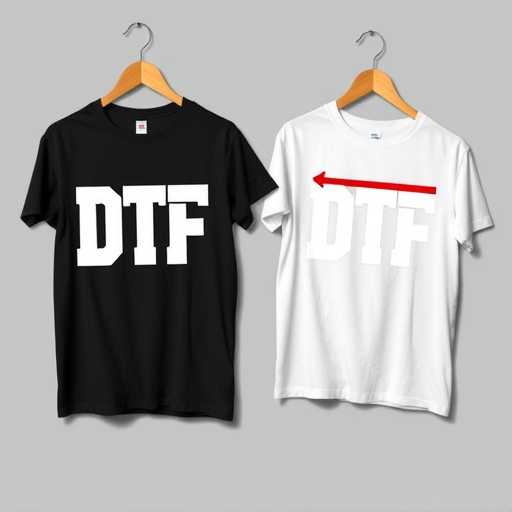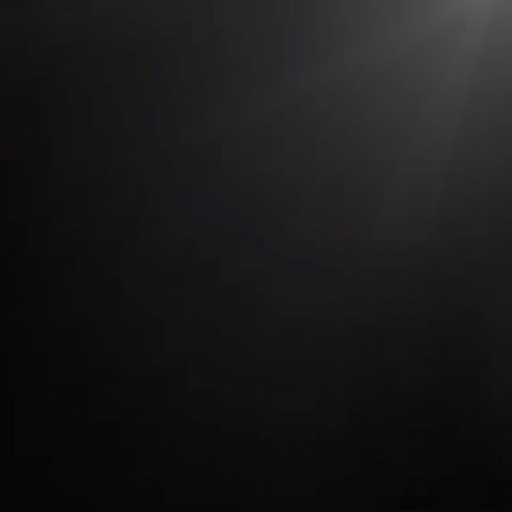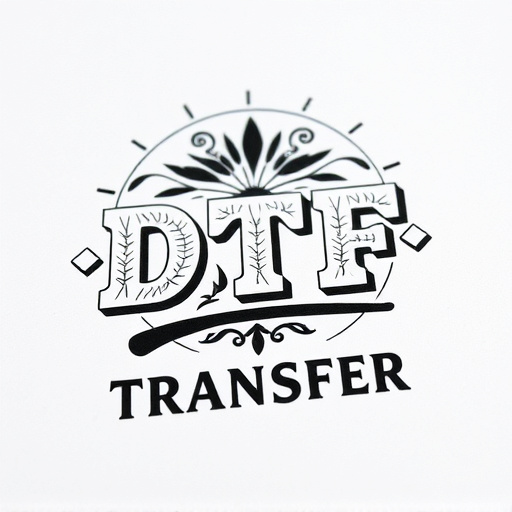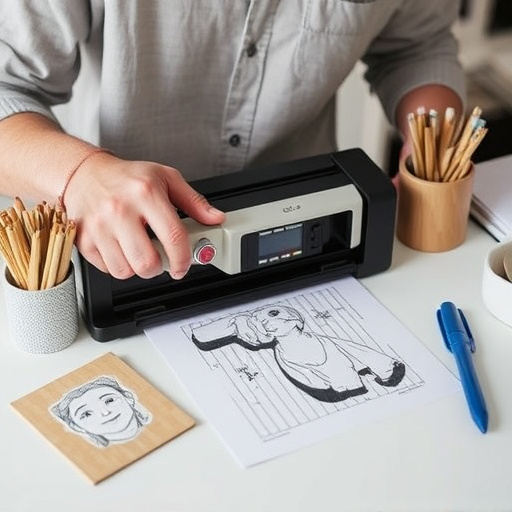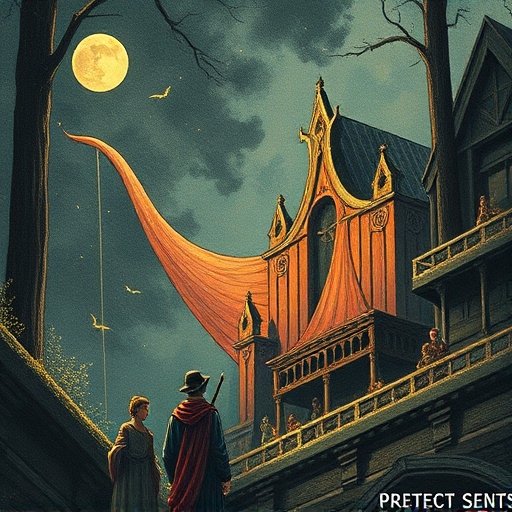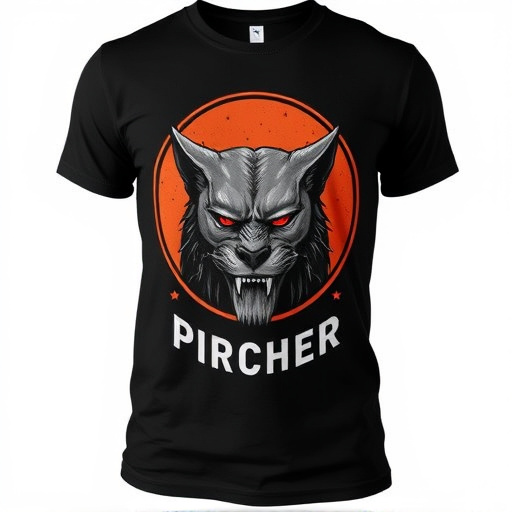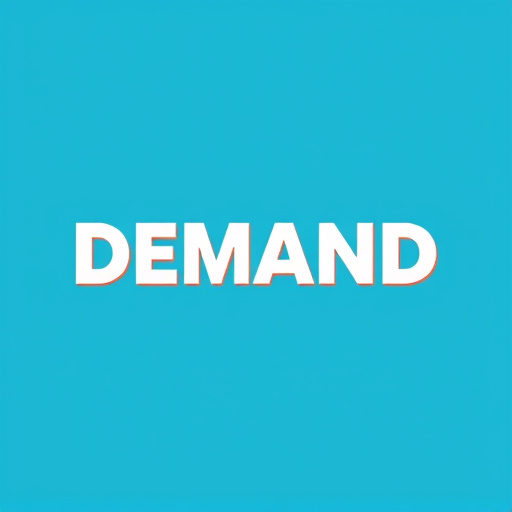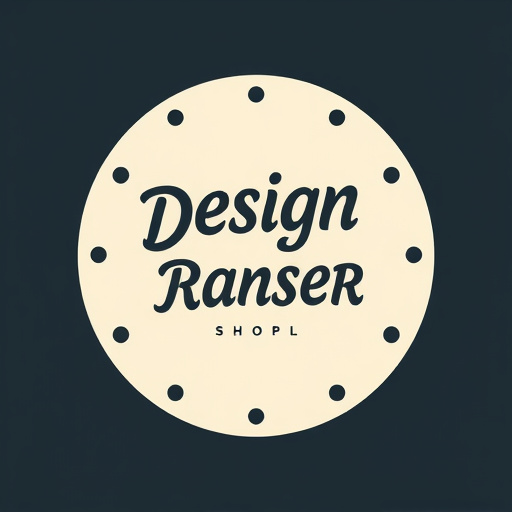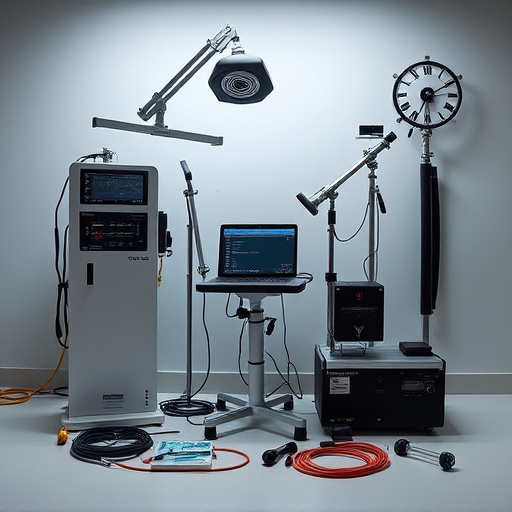Direct to Film (DTF) printing offers an affordable, high-quality method for custom design on items like t-shirts and hoodies. Using heat-active film, DTF eliminates traditional printing costs, ensures vibrant colors on dark fabrics, and provides quick turnaround times. Best practices include optimized designs, suitable fabric selection, pre-testing, and equipment maintenance for consistent results, making DTF Cost Effective a popular choice.
In the realm of custom design, understanding when to leverage DTF (Direct-to-Film) printing techniques can significantly impact project costs. This cost-effective method offers a vibrant and precise way to bring unique designs to life. The article delves into the fundamentals of DTF, exploring scenarios where it’s most beneficial for custom design projects. By following best practices, designers can maximize its efficiency, ensuring both quality and affordability.
- Understanding DTF Cost Effective Basics
- When Custom Design Demands DTF
- Best Practices for Maximizing DTF Efficiency
Understanding DTF Cost Effective Basics
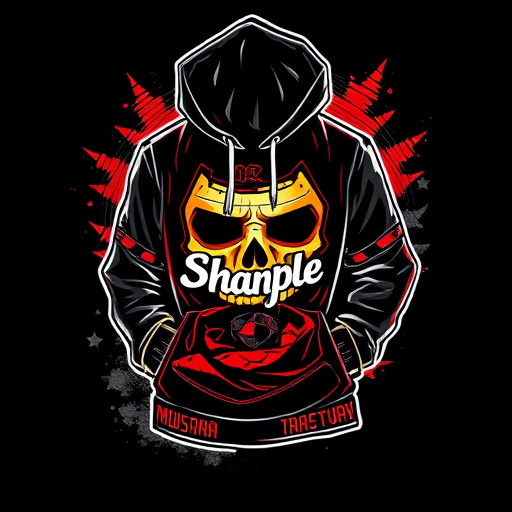
Understanding DTF (Direct to Film) Cost Effective Basics
DTF Cost Effective is a cutting-edge method for custom design that offers both precision and affordability, making it an attractive option for businesses and individuals looking to create personalized items at a reasonable price. This technique involves transferring designs directly onto various materials using heat-active film, eliminating the need for traditional printing methods. By streamlining the process, DTF reduces costs significantly, especially for smaller orders or unique designs that might not warrant expensive set-up charges.
This approach is particularly beneficial for items like dtf printing for t-shirts and even direct to film personalized hoodies, where intricate or detailed graphics can be achieved without breaking the bank. Moreover, it’s not limited to light-colored fabrics; dtf printing for dark fabrics also sees success due to advancements in technology that ensure vibrant colors pop against darker backgrounds. The DTF Cost Effective method is versatile and efficient, allowing for quick turnaround times and high-quality results, making it a popular choice for those seeking both quality and value.
When Custom Design Demands DTF
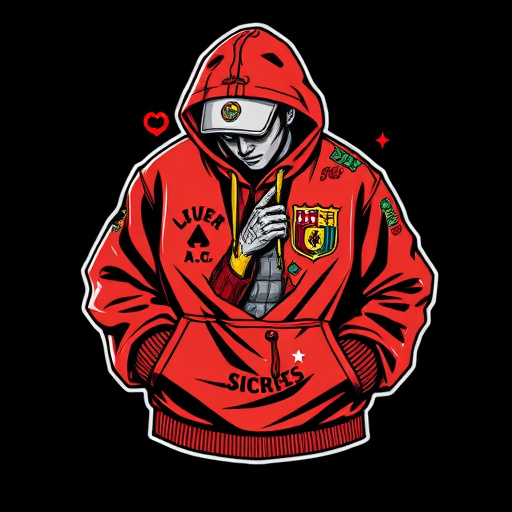
When it comes to custom design, choosing the right production method is essential to meet both quality and cost expectations. In scenarios where intricate details and personalized elements are a priority, Direct to Film (DTF) printing becomes an incredibly cost-effective solution. This technique allows for exceptional detail reproduction, making it ideal for creating unique designs on various products like direct to film personalized hoodies or custom t-shirts using DTF heat transfer paper.
DTF printing for t-shirts, for instance, offers a seamless way to bring artistic visions to life. Its precision ensures that every line and color is accurately transferred onto the fabric, resulting in vibrant, long-lasting designs. This method is particularly beneficial when dealing with complex artwork or multiple colors, as it provides an efficient and affordable way to achieve intricate custom prints without compromising quality.
Best Practices for Maximizing DTF Efficiency
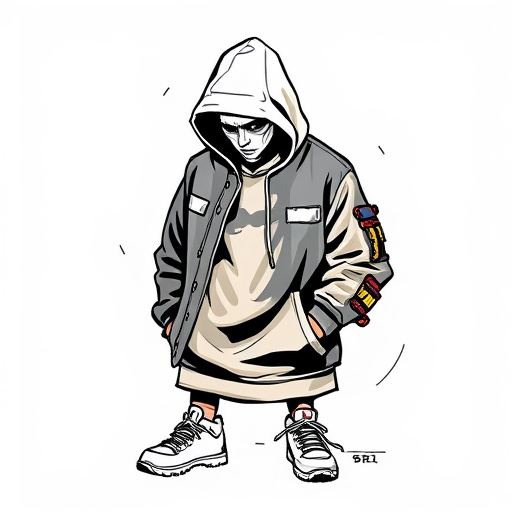
To maximize the efficiency of using DTF (Direct to Fabric) for custom design and ensure it remains a cost-effective solution, several best practices should be adopted. Firstly, plan your designs carefully; optimize imagery and text to reduce file sizes without compromising quality. Smaller files mean faster printing and less waste in materials and time. Secondly, choose the right fabric type tailored to DTF application; different fabrics have varying absorption rates and print quality characteristics. For apparel, for instance, cotton or polyester blends work best for DTF for Apparel applications.
Additionally, pre-testing your designs on small batches before full production can help identify potential issues early, reducing costly errors later. This is especially crucial when creating custom DTG transfers for clothing brands featuring logos, ensuring the design aligns with the brand’s vision and the printing process yields crisp, vibrant results. Regular maintenance of your printing equipment is also vital; clean and calibrated machines ensure consistent, high-quality prints, which translates to better overall efficiency and cost savings in the long run.
In conclusion, understanding when and how to leverage DTF Cost Effective strategies in custom design is a game-changer. By mastering the basics, recognizing demands, and adhering to best practices, designers can navigate complex projects efficiently without compromising quality. Embracing these principles ensures that custom design remains both compelling and cost-viable, ultimately enhancing the overall user experience.


